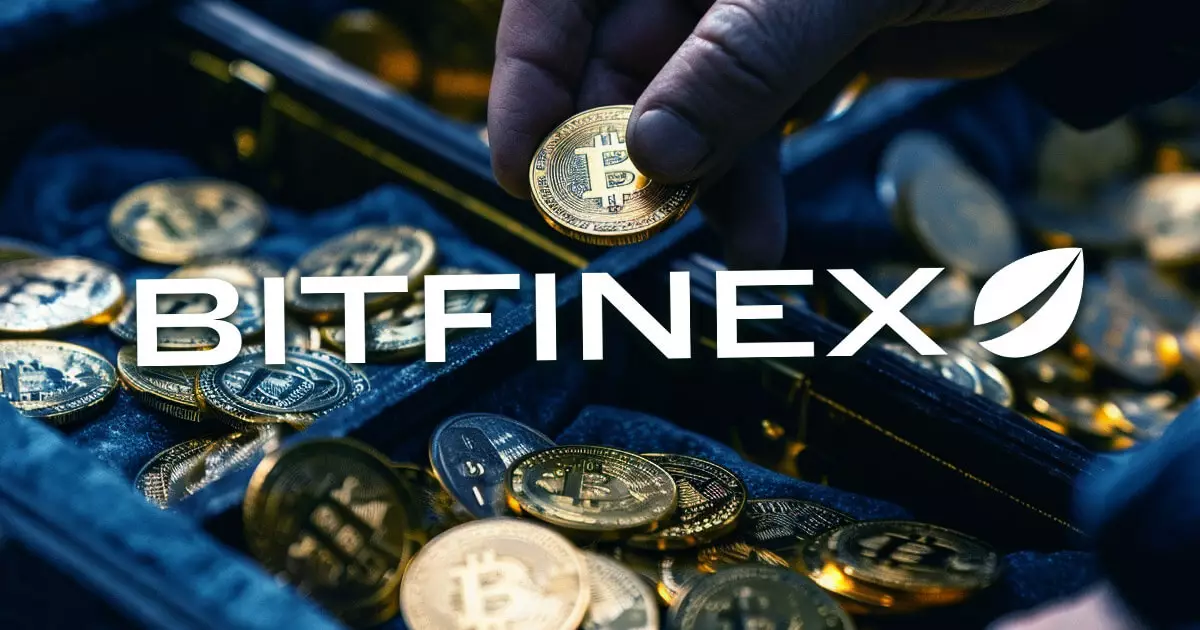The 2016 Bitfinex hack stands as a pivotal moment in the history of cryptocurrency, marking not only a staggering loss of assets but also raising critical questions about security and accountability in digital finance. Recent filings by the U.S. government suggest that Bitfinex may be the only entity entitled to restitution related to this incident, which left a lasting mark on the cryptocurrency ecosystem.
According to the recent government filing, the consensus is that no additional individuals or entities qualify as victims under the Crime Victims’ Rights Act (CVRA) or the Mandatory Victims Restitution Act (MVRA) except for Bitfinex itself. This assertion places the exchange at the center of restitution discussions following the theft of approximately 120,000 BTC, valued at around $72 million at the time, making it one of the largest security breaches in cryptocurrency history. The ramifications of this hack highlighted severe vulnerabilities among cryptocurrency exchanges and initiated a broader discourse regarding investor protection and the responsibilities of trading platforms.
Bitfinex’s decision following the hack was controversial; they opted to reduce the balances of all customer accounts by 36% to offset the losses, a measure that sparked intense debates over fairness and the ethical responsibilities of exchanges. This response, although divisive, allowed Bitfinex to pivot from the crisis while implementing a token compensation strategy through BFX tokens, giving affected customers a mechanism to redeem their losses. By 2017, all BFX tokens had been successfully redeemed, with some users choosing to convert their compensation into equity in Bitfinex’s parent company, iFinex. The strategy, while criticized initially, showcased an innovative approach to damage control in a tumultuous environment.
The focus on Bitfinex as the sole victim for restitution also carries significant implications for legal processes. By streamlining this aspect, future aims for recovering those stolen assets can be directed more efficiently. The exchange has been proactive in working with law enforcement agencies to reclaim the assets lost during the cyberattack. Notably, in February 2022, U.S. authorities seized 94,643 BTC that were traced back to this hack, demonstrating coordinated efforts between agencies and the exchange to mitigate the damage inflicted.
Further, Bitfinex reported the receipt of $312,219.71 in cash and some Bitcoin Cash from the U.S. Department of Homeland Security in July 2023. These recoveries, albeit fractionally reflective of the total stolen amount, underscore a longer-term strategy that the exchange has maintained to engage with governmental bodies. Bitfinex’s contractual obligations towards token holders, particularly concerning Recovery Right Tokens (RRTs) issued post-incident, indicate a layered approach to restitution that considers both individual token holders and broader operational longevity.
As the situation unfolds, market reactions have already shown signs of unease, evidenced by a minor dip in Bitcoin’s value following the release of the government documents. This indicates a broader apprehension about the reintroduction of large volumes of previously stolen Bitcoin into circulation, which could potentially destabilize market prices. Such concerns elucidate the delicate balance between asset recovery and market stability that cryptocurrency exchanges must negotiate.
Moreover, this landmark case serves as a wake-up call to the broader cryptocurrency industry about the imperative of adopting more stringent security protocols and transparent operational practices. As exchanges and regulatory bodies react to the findings of the Bitfinex case, it will be crucial for future frameworks to ensure robust safeguards and effective recourse for victims of similar incidents.
The 2016 hack at Bitfinex has catalyzed significant developments in restitution efforts and has drawn attention to potential shortcomings within cryptocurrency security protocols. As Bitfinex seeks to recover its losses and fulfill its obligations to users, the decisions made in subsequent legal proceedings and recovery processes will likely set a precedent for how similar cases are handled in the future, influencing the trajectory of regulatory measures in the cryptocurrency landscape.













